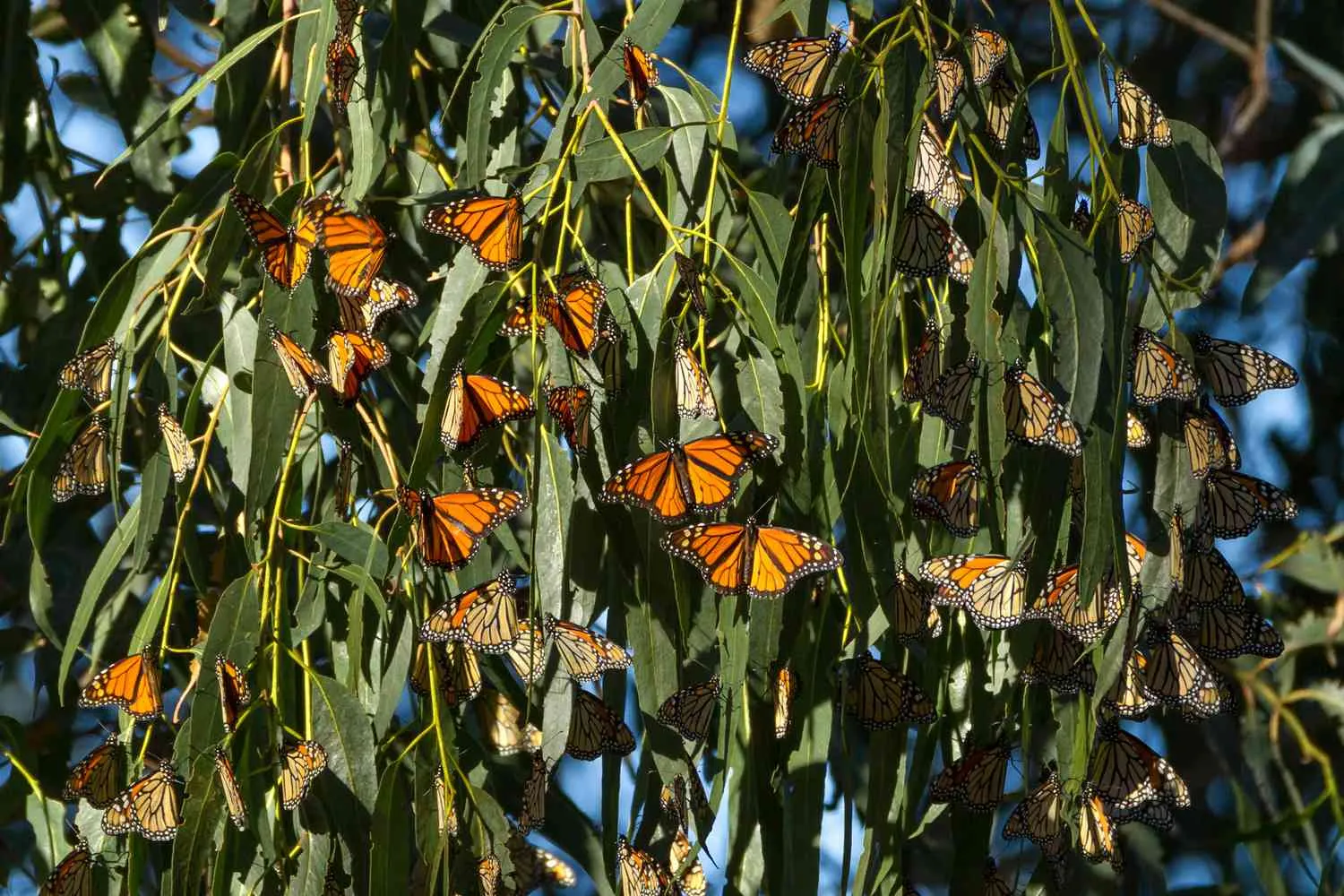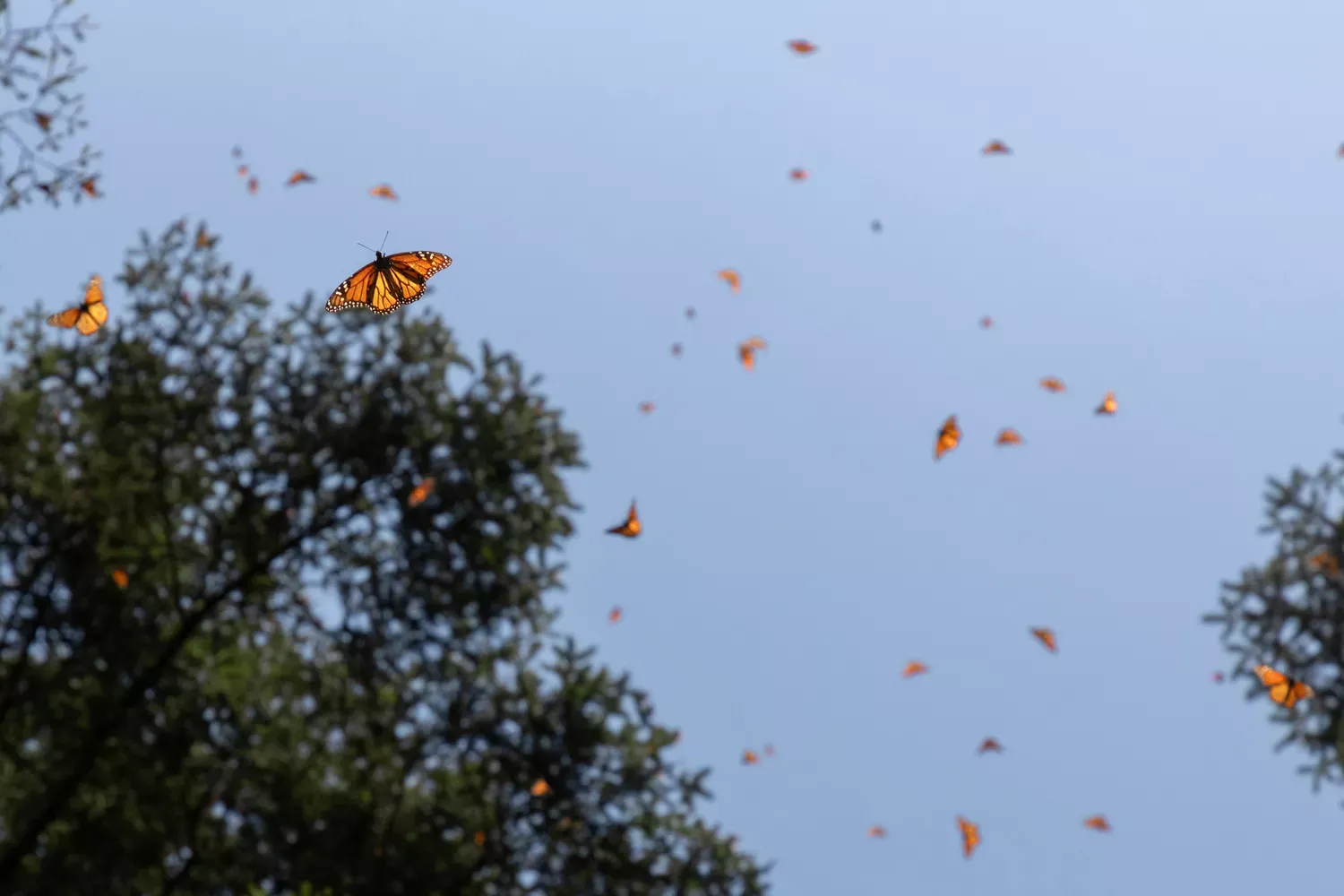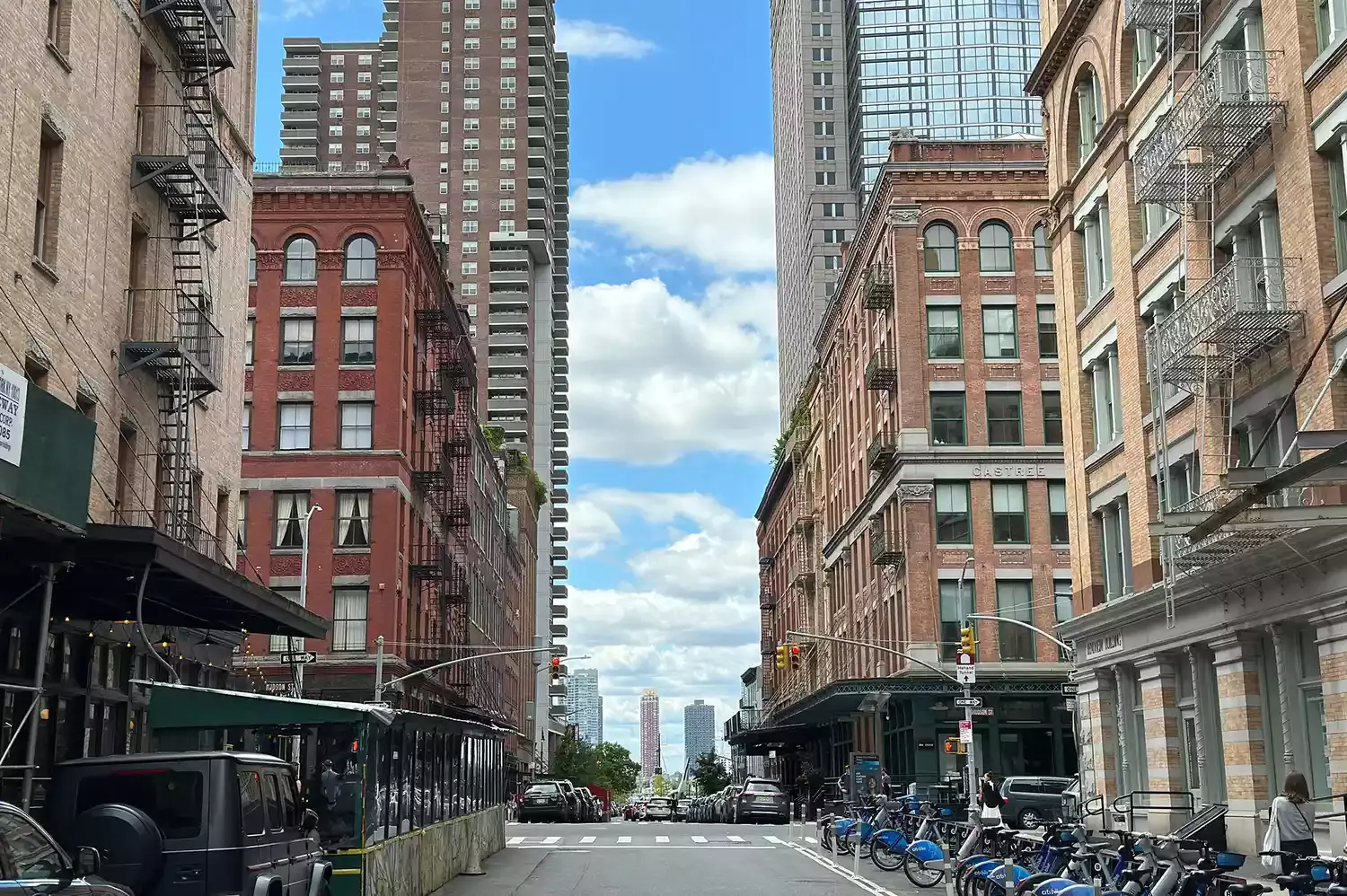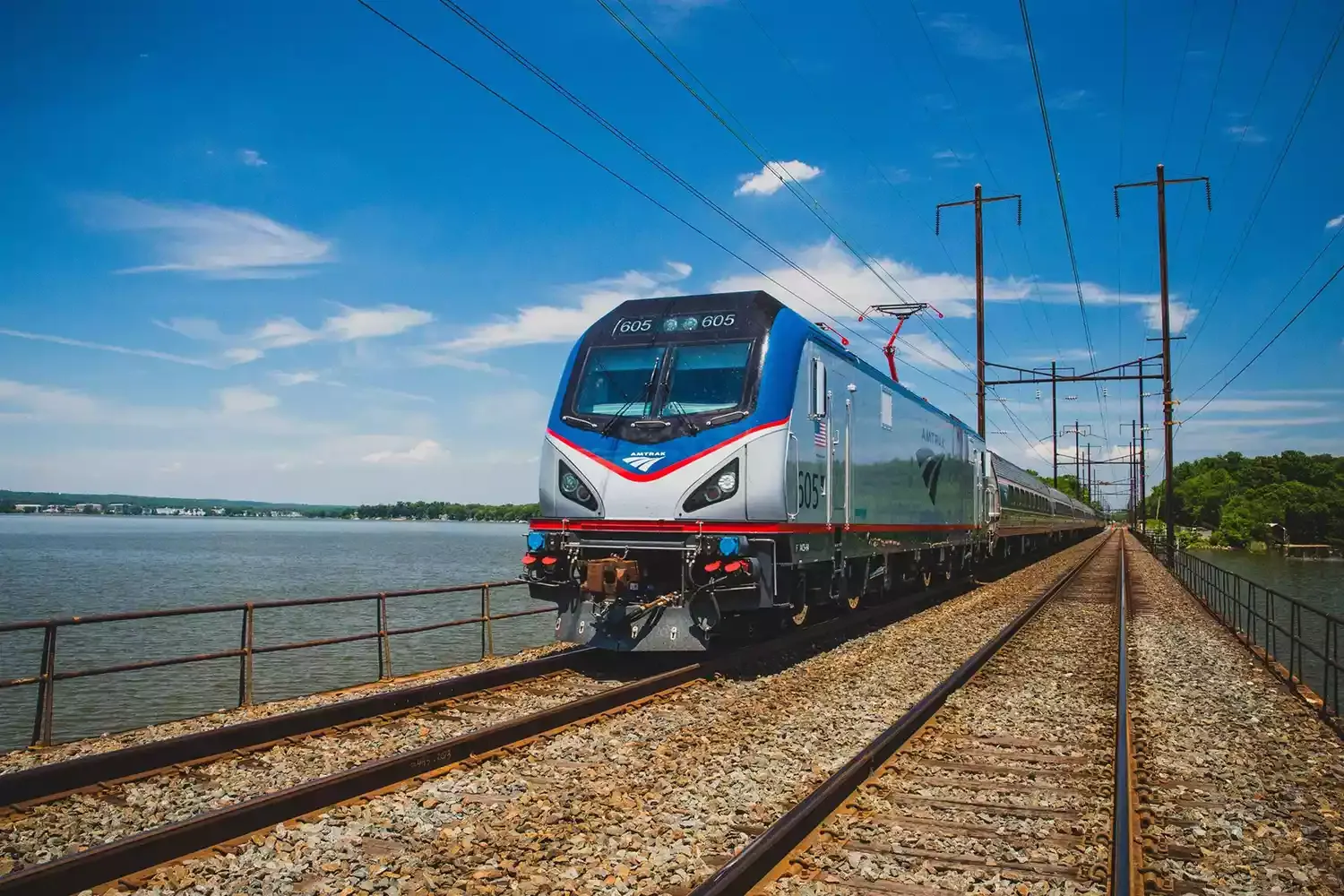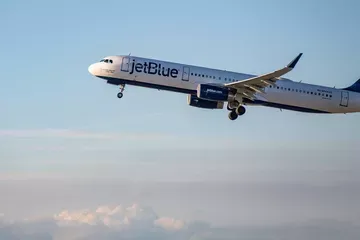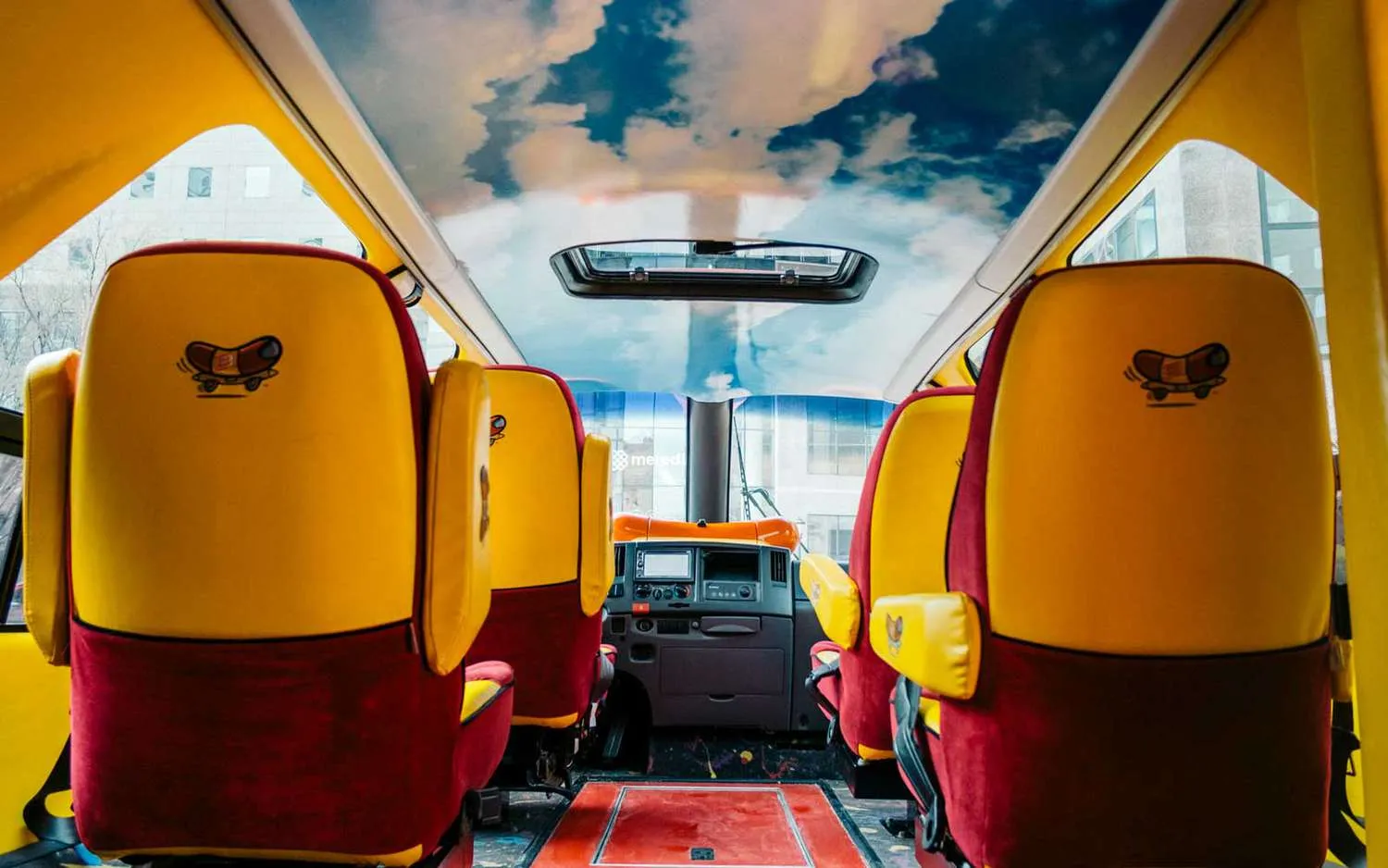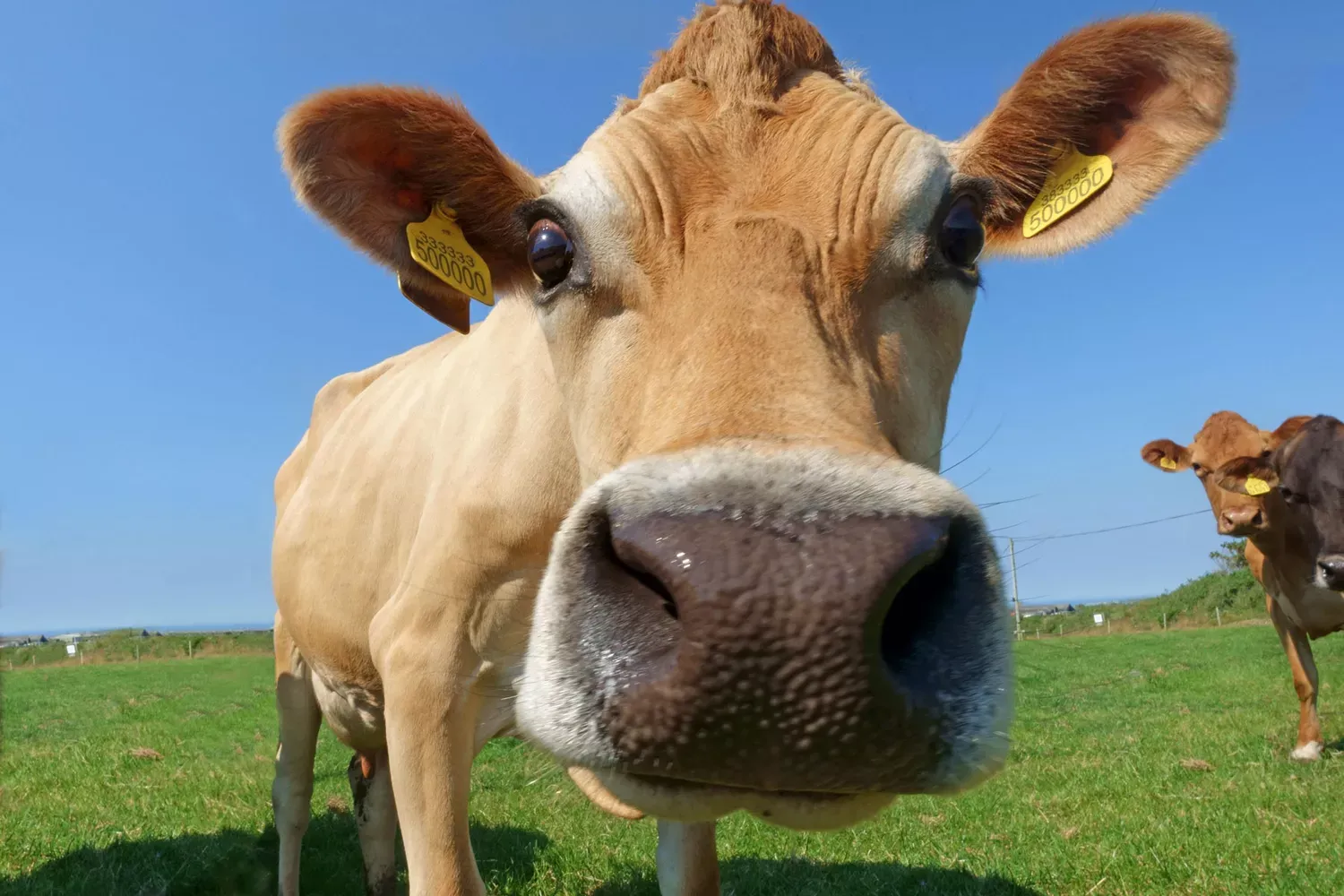
A surprising number of young Americans living in urban areas have never encountered a cow in person! Recent studies reveal a growing disconnect from agricultural roots. Is this lack of exposure impacting their understanding of food sources and rural life? It's a shocking statistic raising concerns about education and societal awareness of the farming industry.
This revelation, supported by recent surveys and studies, paints a concerning picture about the evolving relationship between urban and rural America. The trend highlights a widening gap in understanding where our food comes from, potentially influencing dietary choices, environmental perspectives, and overall appreciation for the farming industry.
The Shocking Numbers
While pinning down an exact percentage is difficult due to varying survey methodologies, several studies point to a significant portion of young Americans, particularly those living in urban areas, who have never had a firsthand encounter with a cow. Some surveys suggest that upwards of 20% of young adults haven't seen these iconic farm animals outside of screens or books. This number may seem unbelievable, but considering the increasing urbanization and declining exposure to rural life, it becomes a plausible reality.
To illustrate the disparity, consider this hypothetical data representation:
Age Group |
Location |
Percentage Never Seen a Cow |
|---|
18-24 |
Urban Areas |
25% |
18-24 |
Suburban Areas |
15% |
18-24 |
Rural Areas |
5% |
25-34 |
Urban Areas |
20% |
25-34 |
Suburban Areas |
12% |
25-34 |
Rural Areas |
3% |
This data, though illustrative, underscores the correlation between age, geographic location, and the likelihood of having seen a cow in person. The trend is more pronounced in younger demographics residing in densely populated urban centers.
Factors Contributing to the Disconnect
Several factors contribute to this growing disconnect. Firstly, urbanization has led to a concentration of population in cities, far removed from agricultural landscapes. Children growing up in these environments have fewer opportunities for spontaneous or planned visits to farms or rural areas.
Secondly, changes in family structures and lifestyles have also played a role. The decline of multi-generational households and the increase in single-parent families often means less time and resources available for rural excursions. Furthermore, the rise of digital entertainment and screen time has further reduced the time spent outdoors and engaging with the natural world.
Thirdly, the agricultural industry itself has become increasingly specialized and concentrated. Fewer, larger farms now produce the majority of our food, leading to a reduced presence of small, family-run operations that were once more accessible to the public. The decline in agricultural education in schools also means that fewer children are learning about the origins of their food and the importance of farming.
The Potential Consequences
This growing disconnect has several potential consequences. Perhaps the most immediate is a lack of understanding about where our food comes from. This ignorance can lead to uninformed dietary choices, unrealistic expectations about food production, and a decreased appreciation for the hard work and dedication of farmers.
Furthermore, a lack of exposure to agricultural practices can also contribute to misconceptions about environmental issues related to farming. Without firsthand experience, it's easier to fall prey to misinformation and adopt biased perspectives on topics such as animal welfare, land use, and sustainable agriculture.
Finally, the trend also raises concerns about the future of the agricultural industry. If young people lack an understanding and appreciation for farming, they may be less likely to pursue careers in the field or support policies that promote its long-term sustainability.
Bridging the Gap: What Can Be Done?
Reversing this trend requires a concerted effort from various stakeholders. Educational initiatives that promote agricultural literacy in schools are crucial. These programs should include hands-on experiences, such as field trips to farms and school gardens, to provide students with a direct connection to the food system.
Community-supported agriculture (CSA) programs and farmers' markets can also play a vital role in connecting urban dwellers with local farmers and agricultural products. These initiatives offer opportunities to learn about sustainable farming practices and support local agriculture.
Furthermore, media outlets and content creators have a responsibility to accurately portray agriculture and rural life. By showcasing the diversity and challenges of the farming industry, they can help to bridge the gap between urban and rural America.
Ultimately, addressing this disconnect requires a commitment to fostering a greater understanding and appreciation for the agricultural industry among young Americans. By providing opportunities for firsthand experiences and promoting agricultural literacy, we can help to ensure that future generations have a deeper connection to the land and the people who feed us.



